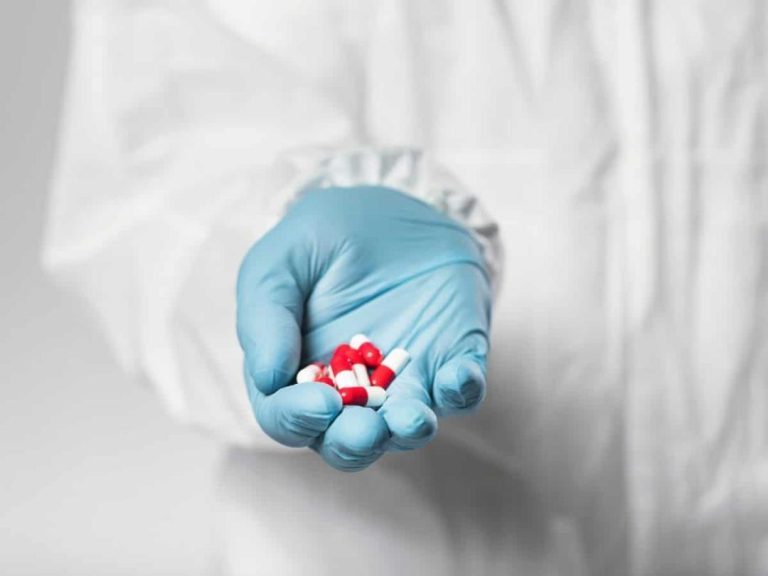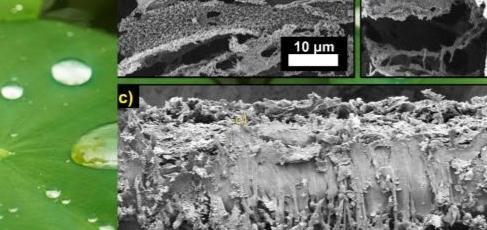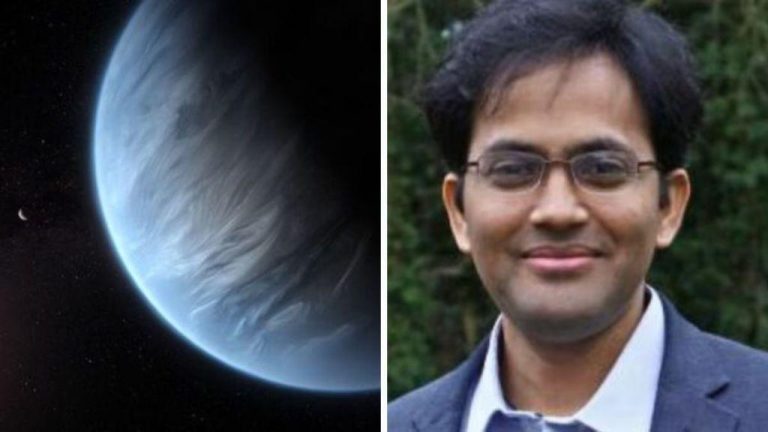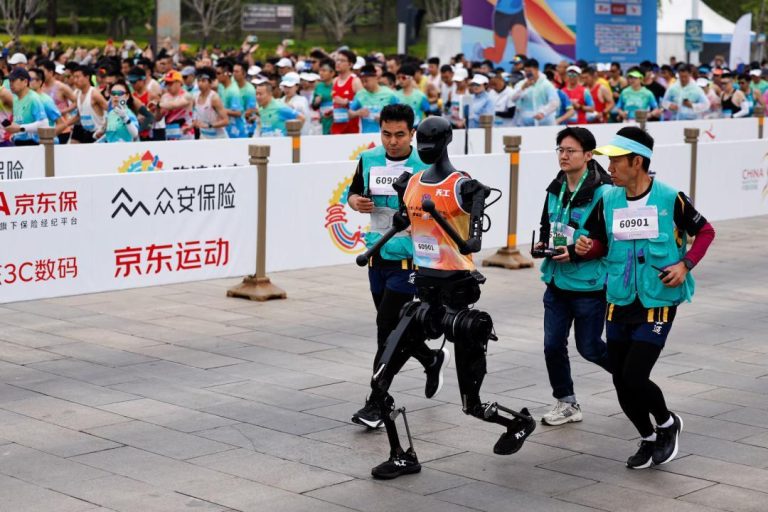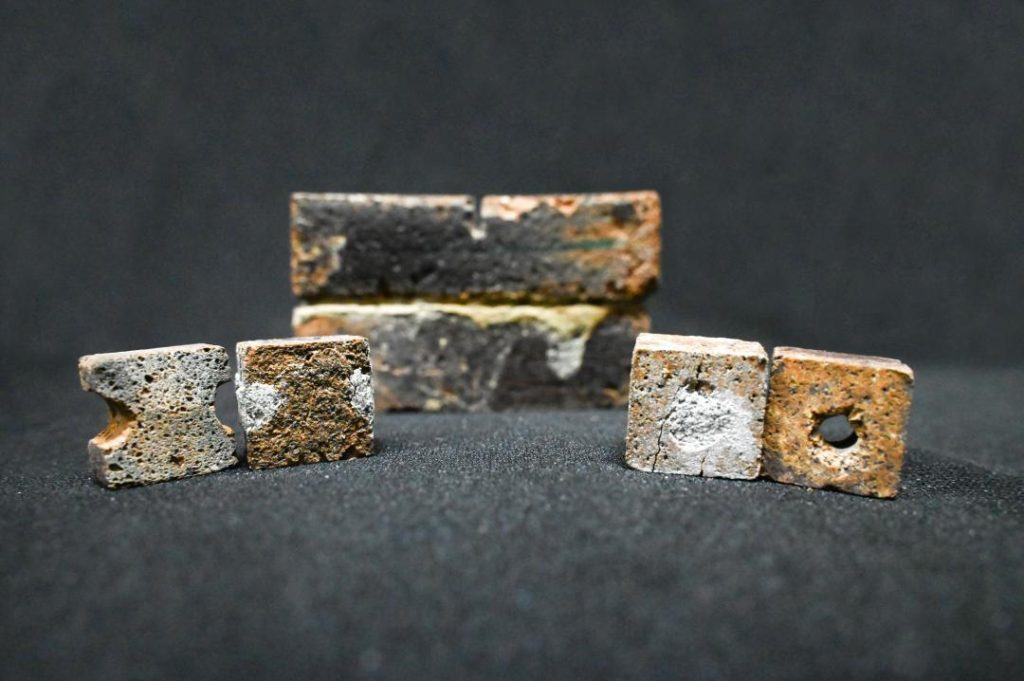
Indian Researchers Develop Method to Repair Space Bricks Using Bacteria
The Indian Institute of Science (IISc) has made a groundbreaking discovery in the field of space exploration, developing a novel method to repair space bricks using bacteria. In a significant breakthrough, researchers at IISc have found that a soil bacterium called Sporosarcina pasteurii can be used to repair cracked bricks, potentially paving the way for more efficient and sustainable space missions.
The team of researchers, led by Dr. Rohan Mishra, used a combination of Sporosarcina pasteurii, guar gum, and lunar soil simulant to create a bio-based adhesive that can repair cracks in space bricks. The bacterium, which is commonly found in soil, produces calcium carbonate and adhesives that bind soil particles together. When applied to cracked bricks, the bacterium’s byproducts fill up the gaps, effectively repairing the damage.
The need for a reliable method to repair space bricks is crucial for future space missions. Spacecraft and space structures are susceptible to damage from extreme temperatures, radiation, and other harsh conditions, which can compromise their integrity and safety. Traditional methods of repairing space bricks, such as using epoxy or cement, are not suitable for space applications due to their high thermal conductivity and potential for contamination.
The IISc research team’s innovative approach uses a biological solution to address this challenge. By leveraging the natural capabilities of Sporosarcina pasteurii, the team has developed a bio-based adhesive that is non-toxic, biodegradable, and resistant to extreme temperatures. The adhesive is also capable of withstanding the vacuum environment of space, making it an ideal solution for repairing space bricks.
The research process involved several stages. First, the team isolated the Sporosarcina pasteurii bacterium from soil samples and cultured it in a controlled environment. They then mixed the bacterium with guar gum, a natural polymer, and lunar soil simulant to create a paste-like substance. The paste was applied to cracked bricks, which were then subjected to various environmental conditions, including temperature fluctuations, radiation, and vacuum.
The results were remarkable. The bio-based adhesive effectively repaired cracks in the bricks, even in the presence of extreme temperatures and radiation. The adhesives produced by the bacterium also showed excellent bonding strength, which was comparable to traditional adhesives used in space applications.
The potential applications of this technology are vast. The IISc research team’s method can be used to repair damaged space structures, such as satellite components, spacecraft modules, and even lunar or planetary surfaces. The bio-based adhesive can also be used to create new structures, such as habitats or infrastructure, that can withstand the harsh conditions of space.
In addition to its potential applications in space exploration, the technology has broader implications for the construction industry. The bio-based adhesive can be used to repair and restore damaged infrastructure, such as bridges, buildings, and roads, reducing the need for costly and time-consuming traditional repair methods.
The IISc research team’s innovation has sparked excitement in the scientific community, with experts hailing the discovery as a major breakthrough in the field of space exploration. “This is a game-changer for space missions,” said Dr. Rohan Mishra, lead researcher on the project. “We have developed a sustainable and biodegradable solution that can repair space bricks, which will be crucial for future space missions.”
The research was published in the journal Nature Communications and was funded by the Department of Science and Technology (DST) and the Indian Space Research Organisation (ISRO). The IISc research team’s innovative approach has opened up new possibilities for space exploration and has the potential to revolutionize the way we approach space missions in the future.
News Source:
https://iisc.ac.in/events/fixing-cracks-in-space-bricks-with-bacteria/
